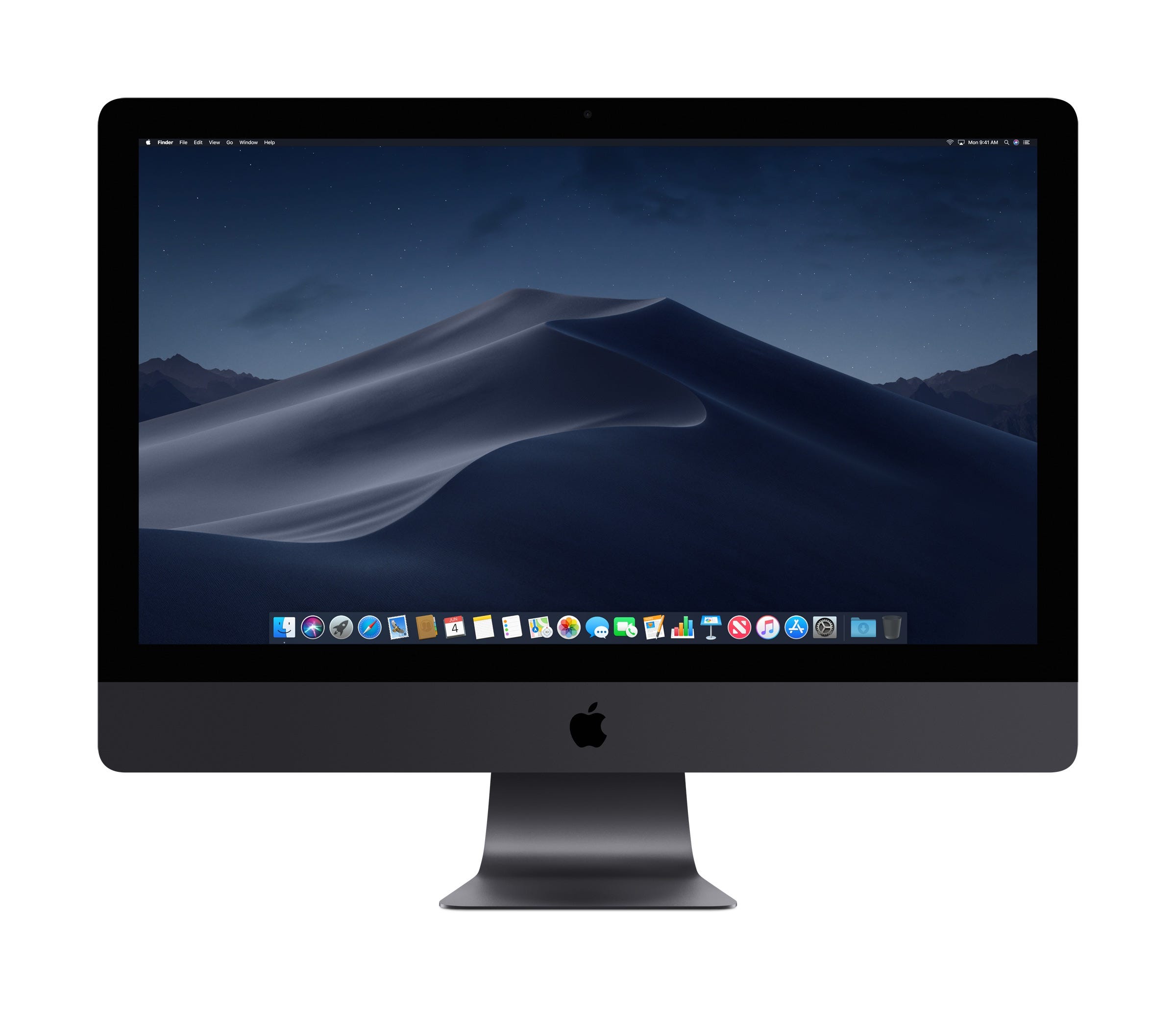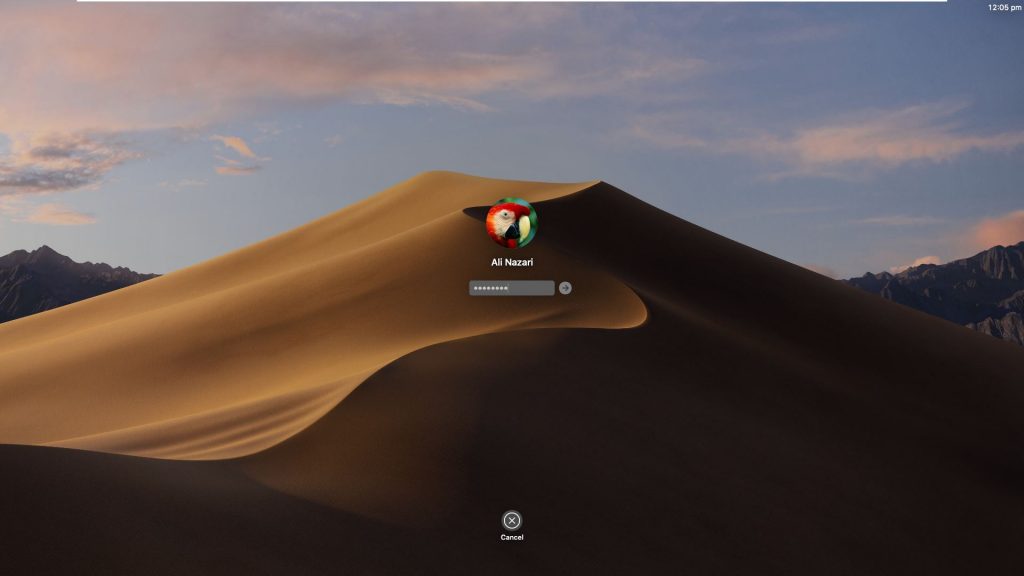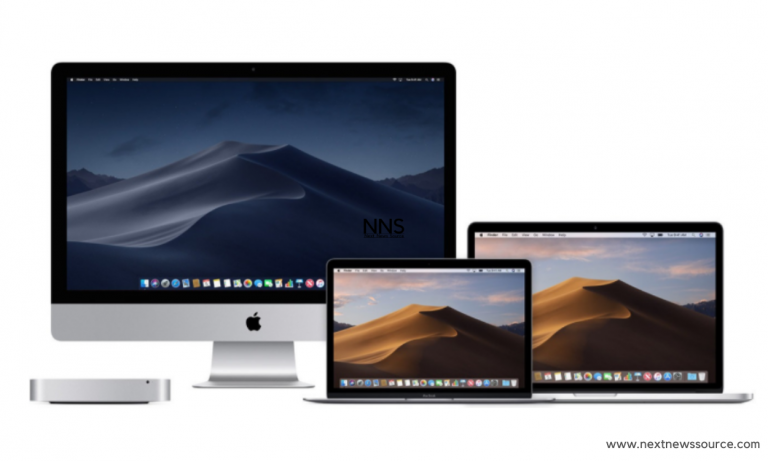

- MACOS MOJAVE SHOULD I UPGRADE HOW TO
- MACOS MOJAVE SHOULD I UPGRADE INSTALL
- MACOS MOJAVE SHOULD I UPGRADE UPDATE
- MACOS MOJAVE SHOULD I UPGRADE UPGRADE
- MACOS MOJAVE SHOULD I UPGRADE PRO
The distribution of the content when switching from one operating system to another happens automatically. The app called “Music” is then available for listening to music, podcasts are available in the “Podcasts” app and multimedia content can be found in the “TV” app.
MACOS MOJAVE SHOULD I UPGRADE PRO
MACOS MOJAVE SHOULD I UPGRADE UPGRADE
Sir Apfelot recommendation: Clean up your Mac hard drive with CleanMyMac MacOS Mojave and macOS Big Sur compatibilityīefore you ask yourself whether you should upgrade your Mac, iMac or MacBook from Mojave to Big Sur, you have to answer the question of whether this is even possible. Do you have a question on the topic, please leave a comment ) What are the advantages and disadvantages of this approach? And on which Mac models is this even possible? I answer these and other questions in this guide. The following paragraphs are about skipping the current version and upgrading from macOS 10.14 Mojave to Big Sur. Whether the upgrade from the current OS to the upcoming OS for the Apple Mac is worthwhile, I've already seen that shown in a post. The new Mac operating system macOS 11.0 Big Sur will appear soon, replacing macOS 10.15 Catalina.


MACOS MOJAVE SHOULD I UPGRADE INSTALL
MACOS MOJAVE SHOULD I UPGRADE UPDATE
Using our Install Patch configuration, you can deploy the Mojave update to all the Mac devices in your network. Now, the patch will be successfully uploaded to the patch store, and will be available for deployment.Navigate to the location of the downloaded patch file in and upload it.Apply the filter "Missing patches in the network" and find the 'Upgrade to macOS Mojave' option under 'Patch Description'. Here you will find a list of patches that have to be downloaded manually.Navigate to Patches > Downloaded patches > upload patches.(Note: This option is only available for the build 10.0.282 and above). In order to deploy the macOS Mojave patch to Mac devices missing the latest version, it is required to upload the installation file to our patch store using the following steps: Go to the Applications folder(as mentioned in the file path) and execute that exact command in that folder to compress the installation file.

Note: The User should not execute the above command in some other directory. Compress the installation file using the following command.Find the installation file 'Install macOS Mojave' in Applications folder by navigating to the file path /Applications/.Click on the macOS Mojave icon and choose to download.Open App Store in one of the managed Mac devices.You can refer this link for more details : MacOS 10.14 Mojave System Requirements.Mac Pro (mid 2010 and mid 2012 models) must first be updated to macOS High Sierra 10.13.6 before updating to macOS Mojave.A minimum of 2 GB RAM memory is required.A minimum of 18.5 GB free space is required on the hard disk.Computer should be running on Mac 10.8 or later versions.You can upgrade your Mac operating system to Mojave 10.14, only if the following system requirements are met:
MACOS MOJAVE SHOULD I UPGRADE HOW TO
How to deploy a patch to upgrade Mac devices to the latest macOS Mojave? Description:Īpple has finally released macOS 10.14, named Mojave after one of California's three deserts. If your organisation is itching to upgrade Mojave update to multiple Mac devices, the Upload Patch feature lets you perform the deployment efficiently.


 0 kommentar(er)
0 kommentar(er)
